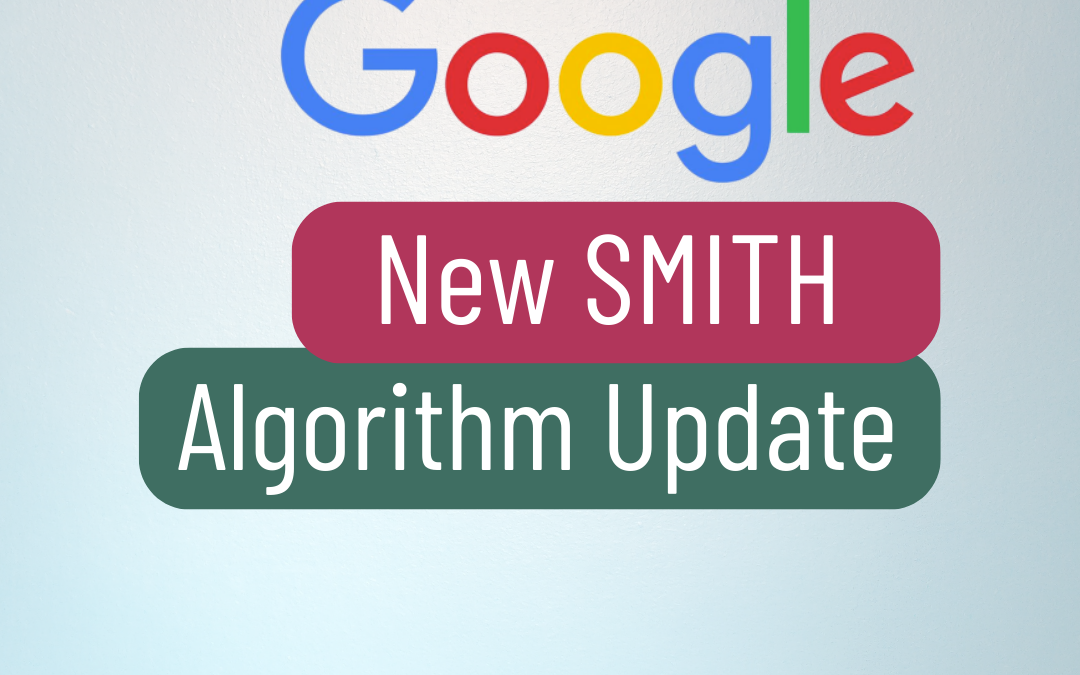What is SMITH Update
Google SMITH is a new algorithmic model allowing Google to understand whole documents instead of only short sentences and
paragraphs. In the paper published by Google, researchers explain one of the core parts of the SMITH algorithm — how the
algorithm is able to understand an entire document using relationships among blocks of sentences during a pretrained process.
To understand how Googles SMITH is able to match paragraphs in the context of a lengthy document, it is important to
understand the concepts behind algorithm pre-training. For more technical elements, you can read the research paper by Google
here, which offers further insights into the details of the algorithm.
What does Google SMITH Algorithm do?
Google’s SMITH algorithm is much better at matching longer documents against one another and breaking up
longer texts quickly and understanding how parts of the text are related to one another. In particular, what makes this new
model superior is that it is able to comprehend paragraphs within documents just as well as BERT can understand words and
sentences, allowing the algorithm to make sense of longer documents. In particular, what makes this new model better is that
it is able to perceive passages within documents in the same way BERT understands phrases and sentences, which enables the
algorithm to understand longer documents. What makes this new Google algorithm higher than BERT is that it is able to
comprehend passages inside documents in an identical way the BERT algorithm understands words and sentences.
Google recently published a research paper about a new algorithm called SMITH, which they say beats BERT at understanding
longer queries and documents. A new algorithm called SMITH, which they say beats BERT at understanding longer queries
and longer documents. Google recently shared a research paper on a new NLP algorithm called SMITH, which can supposedly
outperform BERT a new NLP algorithm called SMITH, which can presumably outperform BERT. If you have not heard, Google
recently shared a research paper on multi-depth transformer-based Siamese hierarchical encoders (SMITH), one that supposedly
beats an updated version of a similar Natural Language Processing (NLP) algorithm known as BERT, at interpreting longer
search queries. The published research paper claims the SMITH algorithm goes above the state-of-the-art in understanding
longer-form queries and content.
SMITH Algorithm performs better on longer documents and content?
According to conclusions reached in research papers, the SMITH model beats out several models including BERT to understand long-
form content. The results from pretraining concluded that the Google SMITH Algorithm performs better than BERT for documents
and longer content. By matching long-form texts, the Google SMITH Algorithm could result in improvements in areas like news
recommendations, relevant article recommendations, and document clustering. Like its predecessor, SMITH is built to help
search engines better understand, and therefore rank, the documents on the Internet that meet a particular query.
As we can see in the progression between the BERT model and SMITH model, Google’s search algorithms are only going to get
better at understanding your content. While researchers have said this algorithm is superior to BERT, it is only speculation
as to whether it is used, unless and until Google officially says the SMITH algorithm is used for understanding paragraphs
inside web pages.

